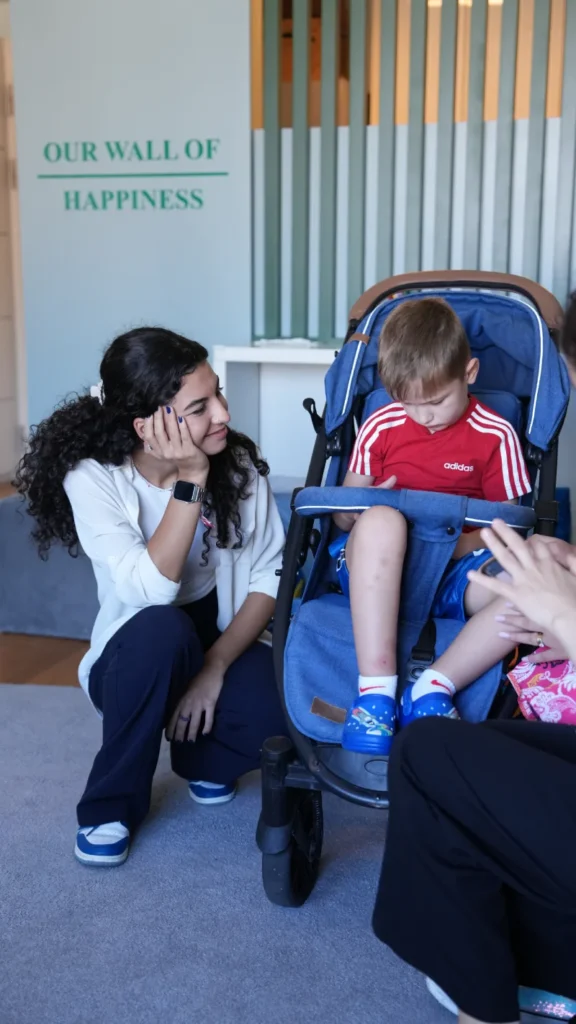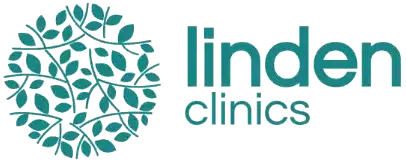As the scientific community continues to explore the complexities of Autism Spectrum Disorder (ASD), stem cell therapy remains one of the most promising yet evolving frontiers. Over the past few years, several groundbreaking innovations have transformed the way we understand and approach this therapy. These advancements are not only reshaping research but also offering new hope for families worldwide.
Table of Contents
The Evolution of Stem Cell Research in Autism Treatment
In early stem cell studies, researchers focused primarily on mesenchymal stem cells (MSCs) due to their anti-inflammatory properties. Today, newer techniques are targeting induced pluripotent stem cells (iPSCs) and exosome-based therapies, which allow for more personalized and less invasive interventions.
- Stem Cell Therapy Autism Research has revealed that reducing neuroinflammation can lead to improvements in social engagement and communication.
- Recent trials published in Stem Cell Translational Medicine and Frontiers in Neurology confirm that intravenous infusions of MSCs are safe and potentially effective for children with moderate to severe ASD.
Breakthrough #1: Exosome Therapy – A Less Invasive Frontier
One of the most exciting developments is exosome therapy, which uses nanoscale vesicles derived from stem cells rather than the cells themselves. These vesicles can deliver therapeutic molecules directly to the brain without the risks associated with cell transplantation.
- Researchers at Duke University and other institutions are actively exploring this approach in Stem Cell Therapy Autism Clinical Trials.
- Early findings suggest reduced inflammation markers and enhanced cognitive functions.
Breakthrough #2: iPSC Technology for Personalized Treatment
Induced pluripotent stem cells allow scientists to create patient-specific cell lines, minimizing rejection and improving treatment targeting. This represents a monumental shift in personalized medicine.
- A 2023 review from Nature Reviews Neuroscience highlights iPSCs as a next-generation tool for studying and treating autism.
This may eventually lead to Best Stem Cell Clinics for Autism offering tailored therapies based on individual neurobiological profiles.
Breakthrough #3: Artificial Intelligence and Predictive Modeling
AI is now being integrated to predict which patients are most likely to benefit from specific types of stem cell therapies. By analyzing genetic markers, behavior assessments, and immune profiles, clinics can better optimize treatment plans.
- Predictive analytics may also reduce the Cost of Stem Cell Therapy for Autism by avoiding ineffective treatments.

Effectiveness and Real-World Results
How Effective is Stem Cell Therapy for Autism? While still considered experimental, the majority of observational studies and trials report improvements in:
- Social behavior
- Communication skills
- Focus and attention span
Stem Cell Therapy Autism Success Rate varies but typically falls between 60–75% improvement in at least one core area, especially when administered in clinical settings.
In Stem Cell Therapy for Autism Reviews, parents often cite noticeable changes within 3 to 6 months after therapy.
Addressing Accessibility and Cost
As therapies evolve, so does the accessibility:
- Stem Cell Therapy Autism Near Me searches now return more results globally, with clinics in the U.S., Panama, Ukraine, and India gaining popularity.
- Cost of Stem Cell Therapy for Autism ranges from $5,000 to $30,000 depending on location, type of cells used, and number of sessions.
More insurance companies are also beginning to recognize these therapies as complementary interventions.
Success Stories that Inspire Hope
In numerous Stem Cell Therapy Success Stories Autism, families report drastic changes:
- A 6-year-old nonverbal child from Texas began using 2-word phrases after MSC therapy.
- A 9-year-old girl in Ukraine showed dramatic improvement in anxiety and school participation post-treatment.
These stories, while anecdotal, provide the momentum for more structured and widespread Stem Cell Therapy Autism Research.
Are There Any Risks or Side Effects?
Stem Cell Therapy Autism Side Effects are typically minimal, especially when conducted in licensed clinics:
- Mild fever
- Temporary fatigue
- Headache or soreness at the injection site
Parents are advised to avoid unregulated clinics promising “cures” without scientific backing.
Final Thoughts: Looking Toward the Future
Stem cell therapy for autism is no longer a fringe idea—it’s rapidly becoming a respected area of research. Thanks to breakthroughs in exosome therapy, iPSC technology, and AI-guided treatment plans, families now have more tools than ever to navigate autism care with confidence.
FAQ: Breakthroughs in Stem Cell Therapy for Autism
Are these new therapies available now?
Some, like exosome therapy, are in clinical trials but may be accessible through regulated programs.
Is stem cell therapy a permanent solution?
It’s not a cure, but it can produce long-term improvements in many children.
How do I find the right clinic?
Look for clinical affiliations, transparent pricing, and published results.
Will insurance cover this?
Coverage is expanding, but most treatments are currently out-of-pocket.
Can diet and behavioral therapy enhance outcomes?
Absolutely. A holistic approach yields the best results.
Disclaimer: This article is for informational purposes only and does not replace professional medical advice. Always consult with licensed healthcare providers before beginning any treatment.

